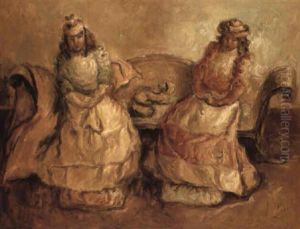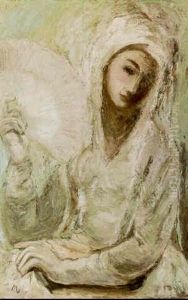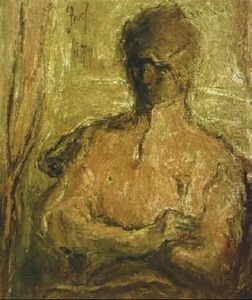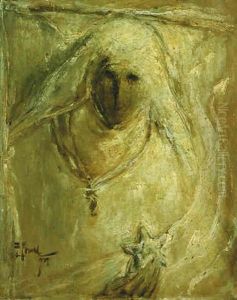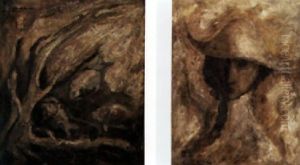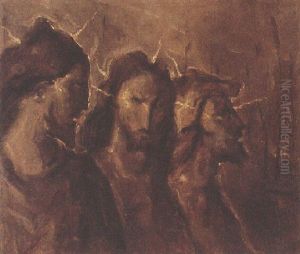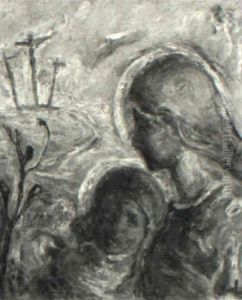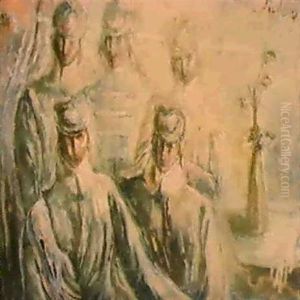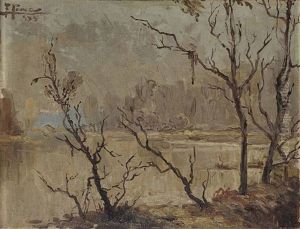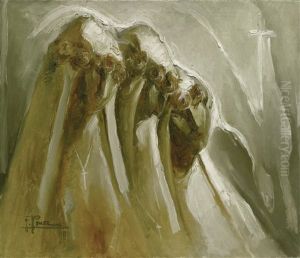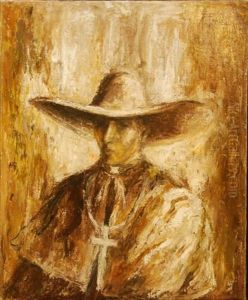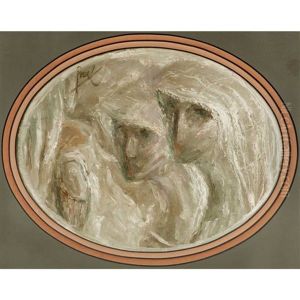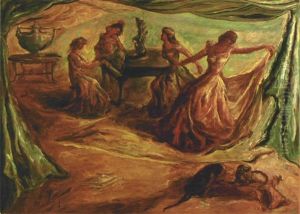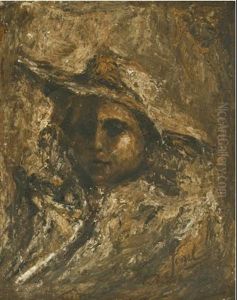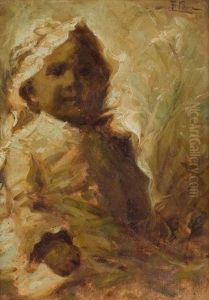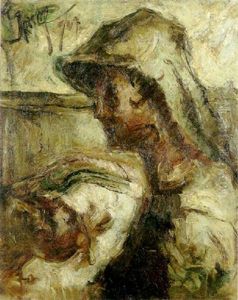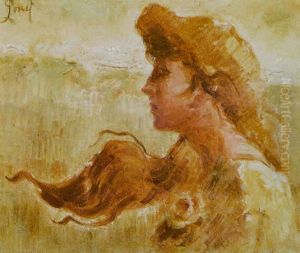Fidelio Ponce De Leon Paintings
Fidelio Ponce de León, born in Camagüey, Cuba, in 1895, is one of the most enigmatic figures in Cuban art. Despite living a life marred by poverty and illness, Ponce de León emerged as a significant artist in the Cuban avant-garde movement. His full name being Antonio Eligio Fernández, he is better known by his pseudonym, which he adopted early in his career. Ponce de León's artistic journey began at the San Alejandro Academy in Havana, where he studied under the guidance of Leopoldo Romañach. His early works were influenced by Romañach's classical style, but Ponce de León soon developed a distinct style characterized by a more expressive and emotive approach to painting.
Despite his talent, Ponce de León struggled with tuberculosis throughout his life, which deeply affected his work and often confined him to sanatoriums. This isolation from the broader art world did not hinder his creativity; instead, it fueled a unique approach to his subjects, often focusing on themes of suffering, spirituality, and human vulnerability. His paintings, especially those depicting gaunt figures and haunting, spectral faces, reflect his personal battles and the broader existential concerns of humanity.
Ponce de León's contributions to Cuban art were not fully recognized until after his death in 1949. In the years following, his work garnered more attention, highlighting his role in the development of modernist art in Cuba. His paintings are now celebrated for their profound emotional depth and their innovative use of form and color, which broke away from the academic traditions of his early education. Despite the challenges he faced, Fidelio Ponce de León's legacy as a pivotal figure in Cuban art history endures, with his works held in high regard both in Cuba and internationally.















